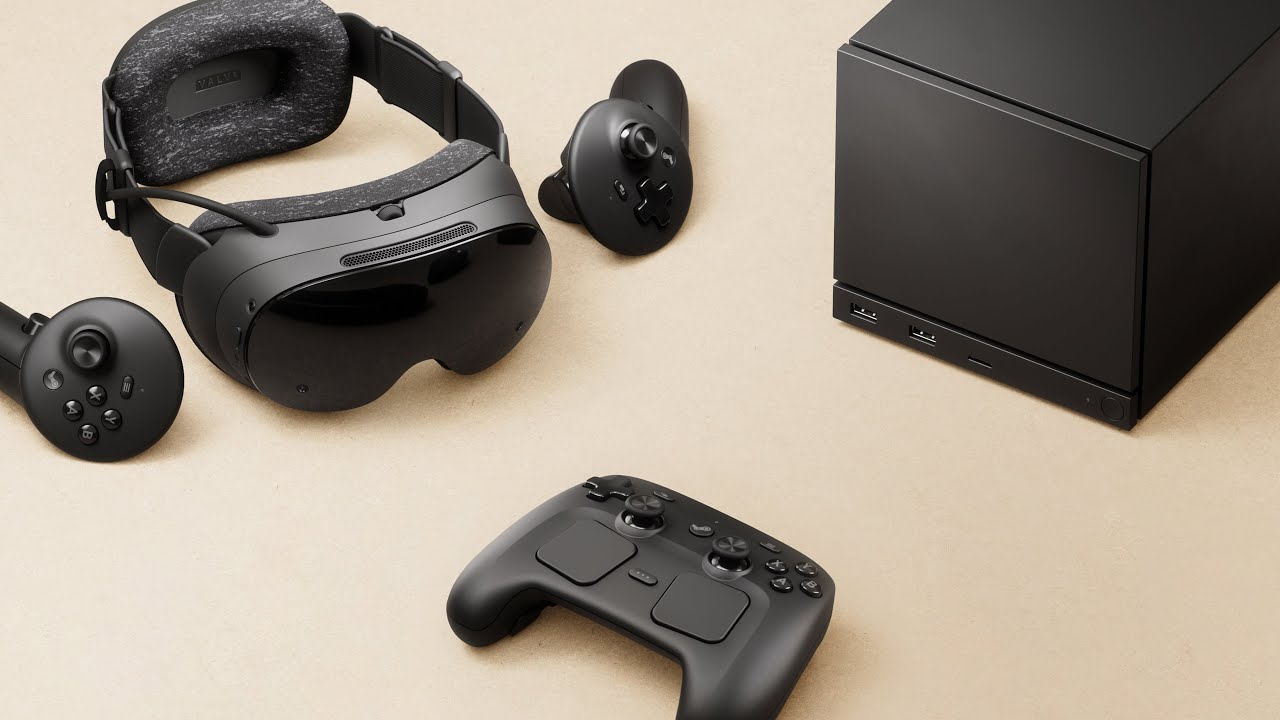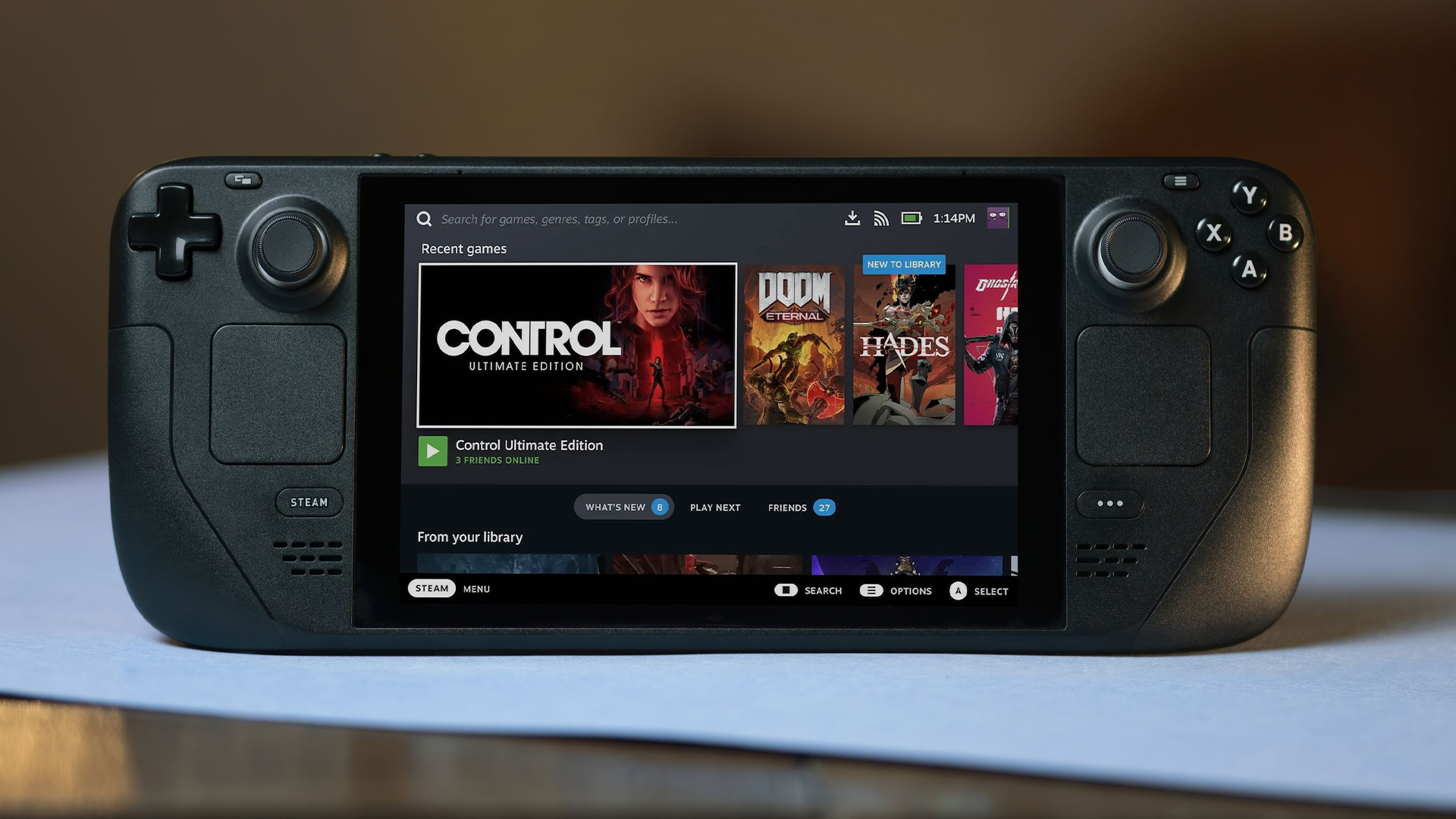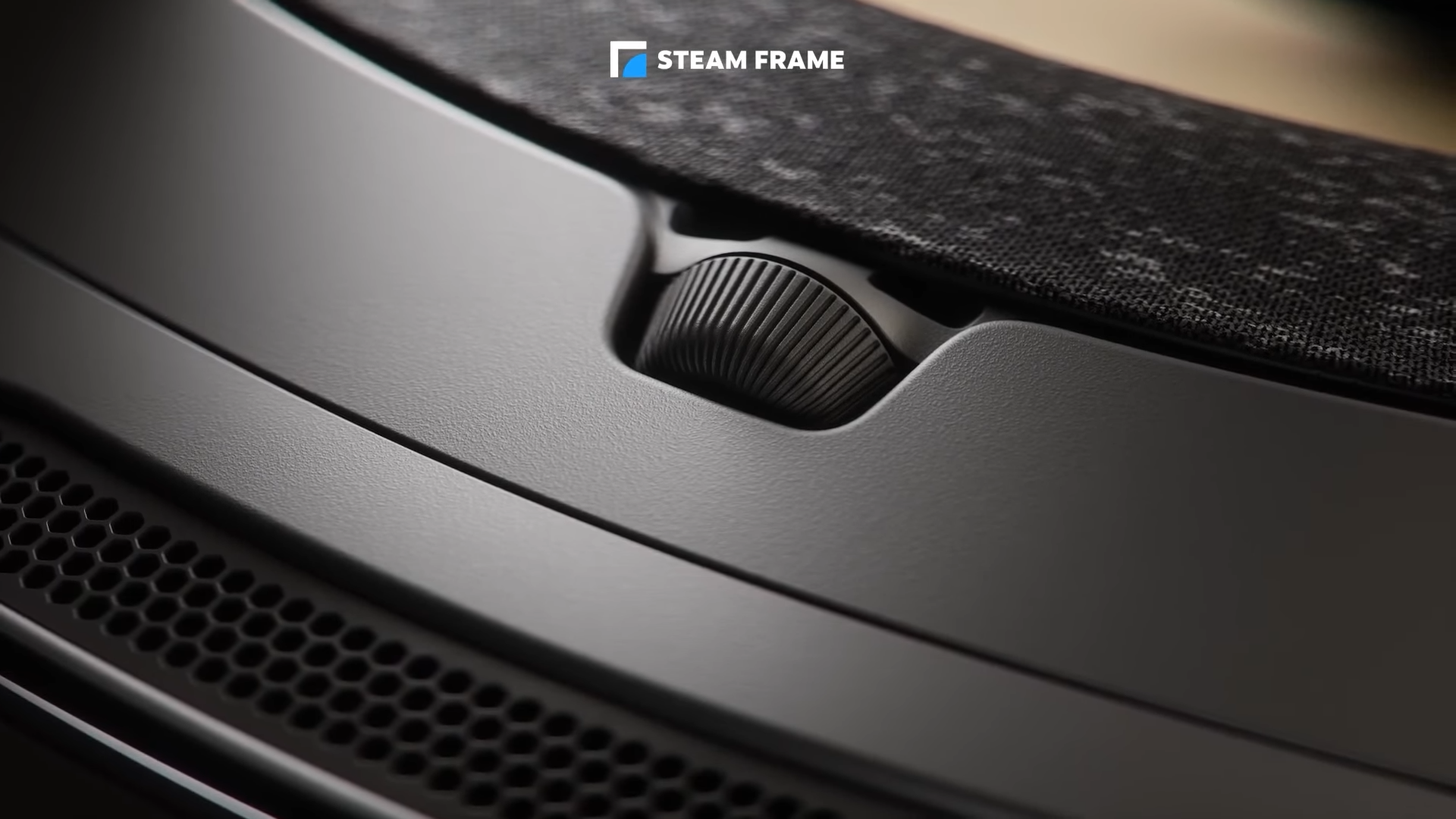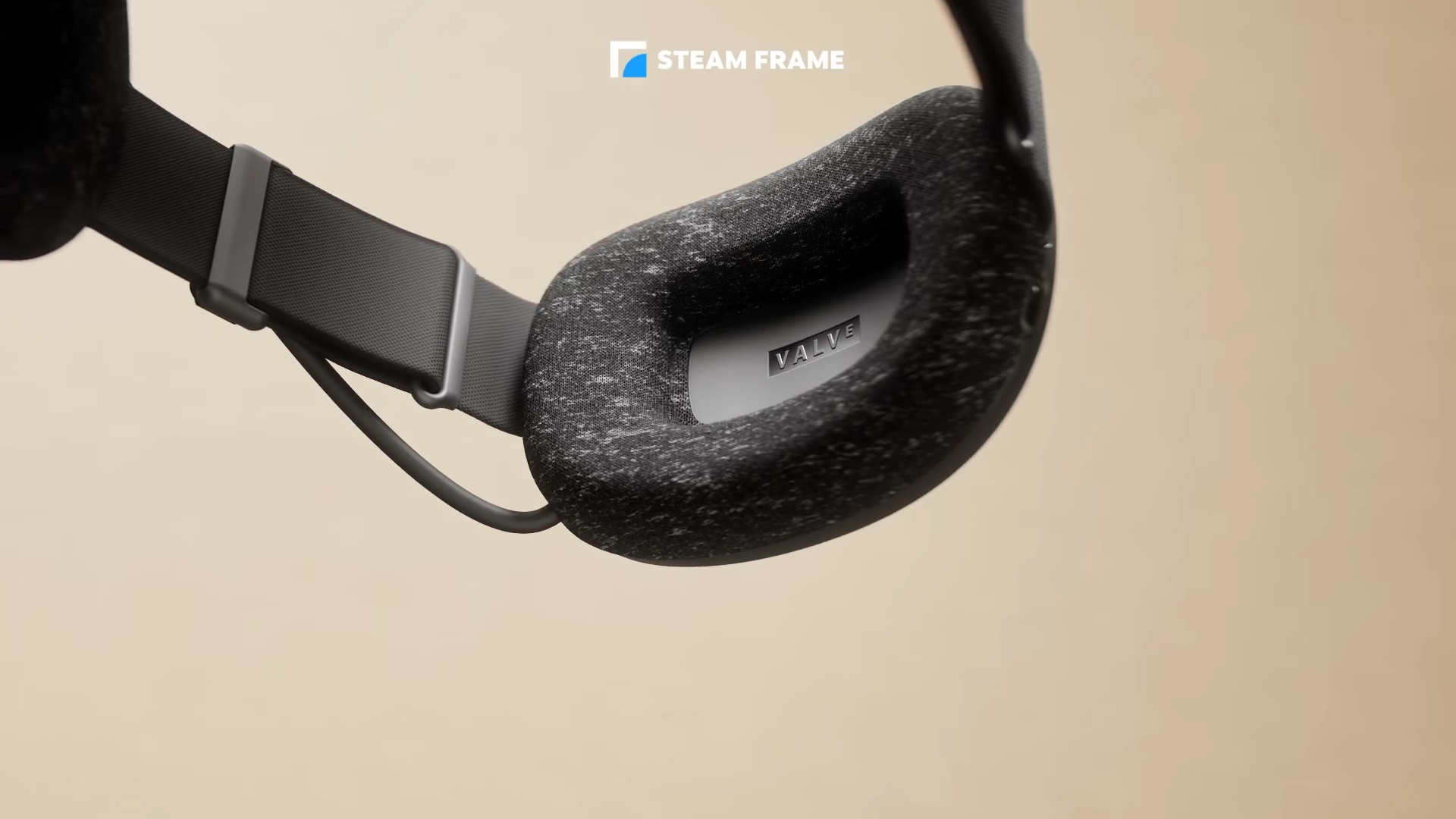- Valve has officially launched its new Steam Frame VR headset
- The new Quest 3 rival can do both wireless PC virtual reality and standalone games
- There is currently no information on price or release date.
It’s finally here: after more than four years of rumors about Valve Deckard, Valve’s standalone PC VR headset has landed in the exciting form of the new Steam Frame.
In a surprise (or perhaps not so unexpected, if you’ve been following the recent rumors) announcement, Valve has revealed all the official details about the Steam Frame and how it compares to the best VR headsets.
In short, Steam Frame is designed to compete with Meta Quest 3 and offer full PC VR games via a wireless adapter. But what else have we learned? Here are the top seven things you need to know about Steam Frame…
1. It is designed for both PC VR and standalone games.

In theory, Steam Frame could offer the best of both worlds for VR fans. For meatier PC VR games like Half-life AlyxA Wi-Fi 6E (6Ghz) wireless adapter is included for a stable, low-latency connection to your PC.
While that already means no annoying cables, you can also do without your PC completely with Steam Frame. This is because it can also run less intensive games locally, a bit like a portable Steam Deck or, indeed, a Meta Quest 3.
2. The specifications are fantastic.

Look
On paper, the Steam Frame is an impressively powerful mid-range headset. You get 16GB of RAM (double that of the Meta Quest 3) and a mysterious 4nm Snapdragon ARM processor.
Valve hasn’t said exactly what processor it is, but there’s good reason to believe it’s a step above the XR2 Gen 2 you’ll find in the Quest 3. As for storage, there are also 256GB and 1TB options, plus a microSD slot for expansion.
The latter is something you won’t find on the Quest 3. So while 256GB is the same amount of storage as the top-spec Meta Quest 3S, and only half of what you get on the Quest 3, the Steam Frame offers more storage flexibility.
3. There is no OLED version

Based on leaks that Valve was developing two Steam Frames and the existence of an OLED Steam Deck, many assumed that one model would include an OLED display. This turned out not to be the case.
Valve is making two Steam Frames, but the difference is simply the storage capacity (256GB vs. 1TB, with an SD card slot for expansion); Unfortunately, there is no OLED version for now.
Instead, the Steam Frame opts for an LCD screen with a resolution of 2,160 x 2,160 pixels per eye, which is comparable to Meta’s Quest 3’s 2,064 x 2,208 per eye.
4. Where is the color step?

Valve’s spec sheet for the Steam Frame says it features a pair of monochrome cameras for pass-through, meaning black and white, so no full-color pass-through.
This means the Frame will be a proper virtual reality headset, rather than a mixed reality device like those produced by Meta, Apple and Samsung.
On the one hand, this is a frustrating downgrade: after all, mixed reality has its uses. However, at the same time, most of the featured MR games also offer effective VR modes, so it may not seem as drowned out as it seems on paper.
What’s more, Valve has also shown off a “user-accessible expansion port,” which leaves the door open to the possibility of an optional module that adds full-color passthrough at an additional cost. We’ll have to wait and see that.
5. Eye tracking enabled

As with other premium VR headsets, the Steam Frame is set to offer eye tracking for one important reason: foveated rendering.
Basically, virtual reality headsets can save computing power by only rendering in full quality the part of the screen you’re actively looking at. This allows a game to feature more impressive graphics simply by using the same CPU and GPU more efficiently, without requiring additional power.
Now, not many games have implemented this in the past, but Steam’s catalog is so vast that I hope we see many more games take advantage of this feature in the future.
6. There is no confirmed price

Valve has yet to confirm pricing, but based on specs it won’t be cheap and leaks suggest it will cost $1,200 (around £915 / AU$1,830).
This it feels good. It has some improvements over the Quest 3 (i.e. eye tracking) and lacks some of the high-end features of more expensive models (like the Galaxy XR’s OLED display), so it makes sense to fall between budget and premium price.
Obviously, leaks should be taken with a grain of salt and several factors could affect the final price, but I would be surprised if it costs considerably more than the leak suggests. That would be an own goal for Valve, but stranger technological decisions have been made.
7. No new software for now…

The Valve Index was released alongside a new Half life game, but so far there has been no news of exclusive games coming to the Steam platform to celebrate the launch of Frame and Steam Machine.
In what seems like an internet conversation ripped from the 2000s, there has been a lot of online speculation and leaks suggesting new games would be coming to Steam Frame ahead of their release. Specifically, Half life 3.
It’s impossible to decipher where real rumors begin and trolling ends. Half life 3The name is spoken, but new software doesn’t seem completely ruled out. Perhaps Valve is simply waiting until 2026, when it is closer to the launch of its new technology, to finally release these new titles to the public.
Follow TechRadar on Google News and add us as a preferred source to receive news, reviews and opinions from our experts in your feeds. Be sure to click the Follow button!
And of course you can also follow TechRadar on TikTok for news, reviews, unboxings in video form and receive regular updates from us on WhatsApp also.



